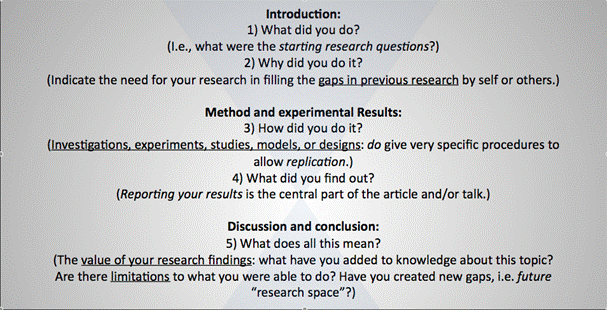oŨ
Home > oŨ > j [Y^[ > Academic Technical Communication Skills I / II
Academic Technical Communication Skills I / II
@. B. Stewart, CUEE
Unlike the previous iteration of five years ago this course is not a business skills offering. ATC is, instead, designed to sharpen students’ abilities to write in English for peer-reviewed technical journals, such as one of the ASCE’s thirty-three learned journals— at least as a long-term goal. In the immediate term, Japanese and international postgraduate students (mainly but not exclusively from CUEE-affiliated laboratories) will learn to present material in English using Power Point or equivalent software. The level targeted is that of the “Young Researchers Sessions” at the March CUEE Annual Conference.
The class takes the form of a seminar (twice-weekly on Mondays and Fridays at 9 AM) in the CUEE Meeting Room in Midorigaoka No. 3 Building that is equipped with an overhead projector. Students now receive two credits per semester and attendance is required. The mode is interactive with instruction and presentations in English— and occasional Japanese-language glossing, where necessary comparisons are to be made. Essentially, it is a “communication” workshop of eight to twelve persons, who may be either master’s course (M1/ M2) or doctoral students at Tokyo Tech. The number of international students is relatively large, as is, interestingly, the number of M1 students who have graduated from other Japanese universities.

Today it is thought by specialists that so-called Academic Writing can be taught as a distinct stream of language acquisition. The reason is that academic and technical journals tend to make use of a highly standardized form of written English that varies little from author to author— a lingua franca, where the chief distinction between, say, structural engineering and molecular biology, lies in varying lexical items, i.e. content. As language goes, it is not very interesting— but it is effective in communicating ideas and, above all, in reporting experimental data in a timely fashion within a particular discipline. The above chart suggests the required target domains for any technical paper or presentation.
Despite its precise focus, the learning curve is nonetheless a steep one. Meanwhile, students whose native language is Japanese need to be encouraged to develop parallel writing skills in that language, owing to the large number of technical journals still published exclusively in Japanese. These two skills are correlated to be sure. But it is best not to regard the exercise as one of translation from one language to another. ATC candidates need to be willing, first of all, to make mistakes and, then, over a period of weeks and months to correct these in the company of the instructor and fellow students. We aim for flexibility and steady progress in accuracy.
